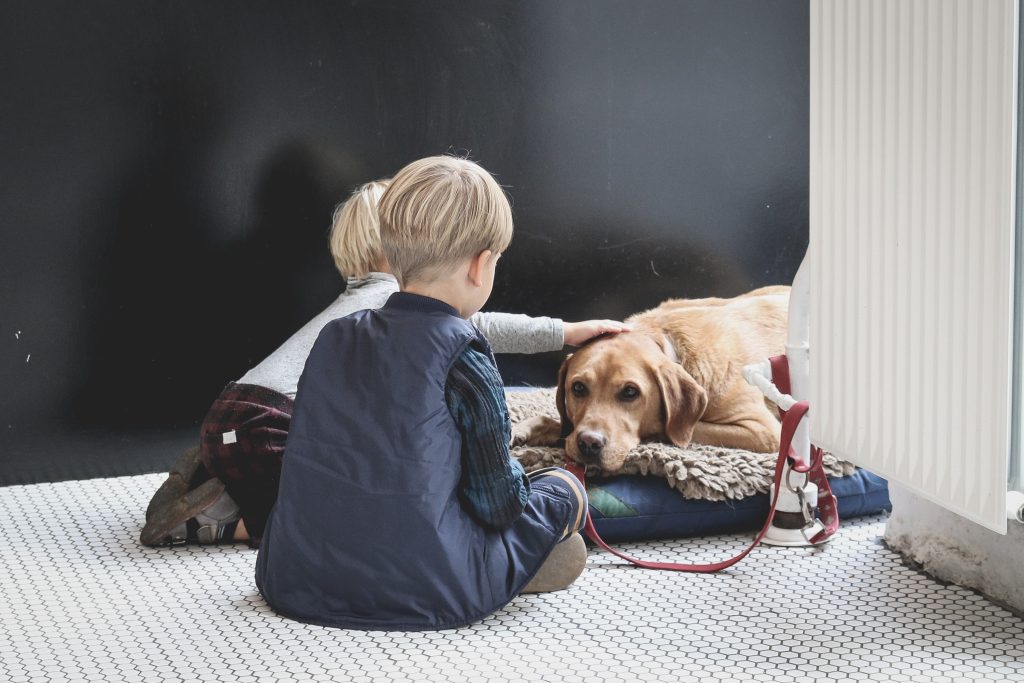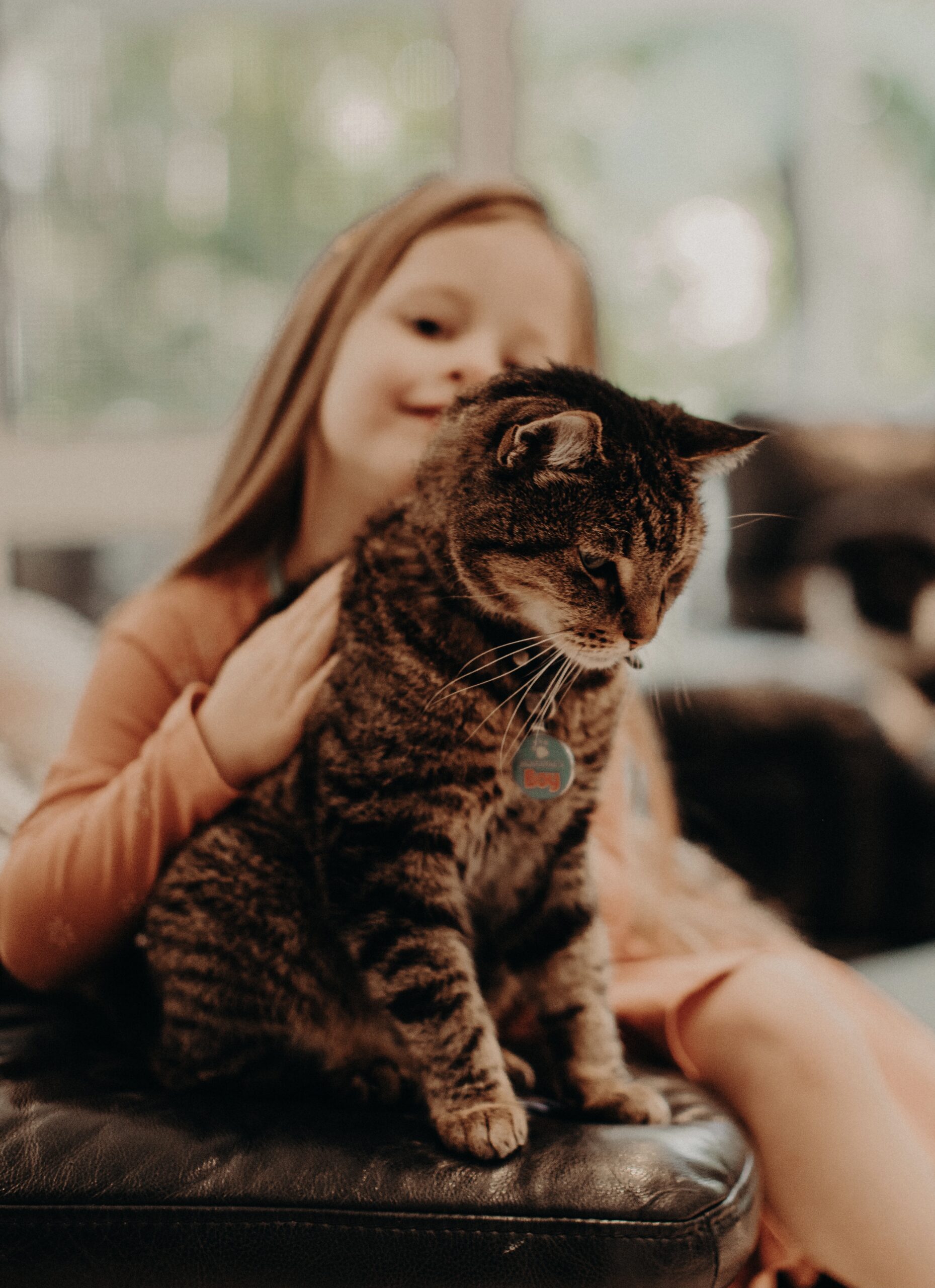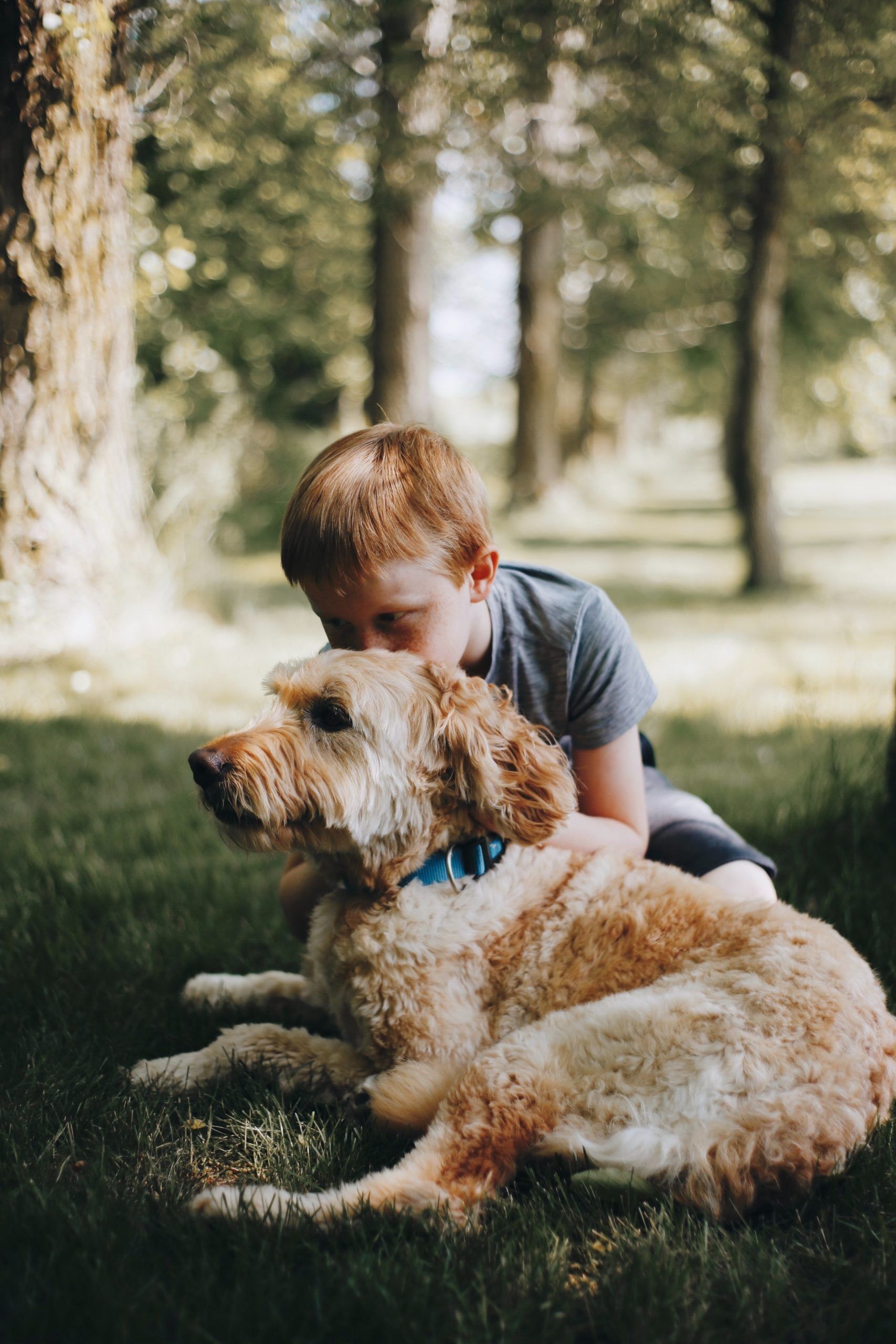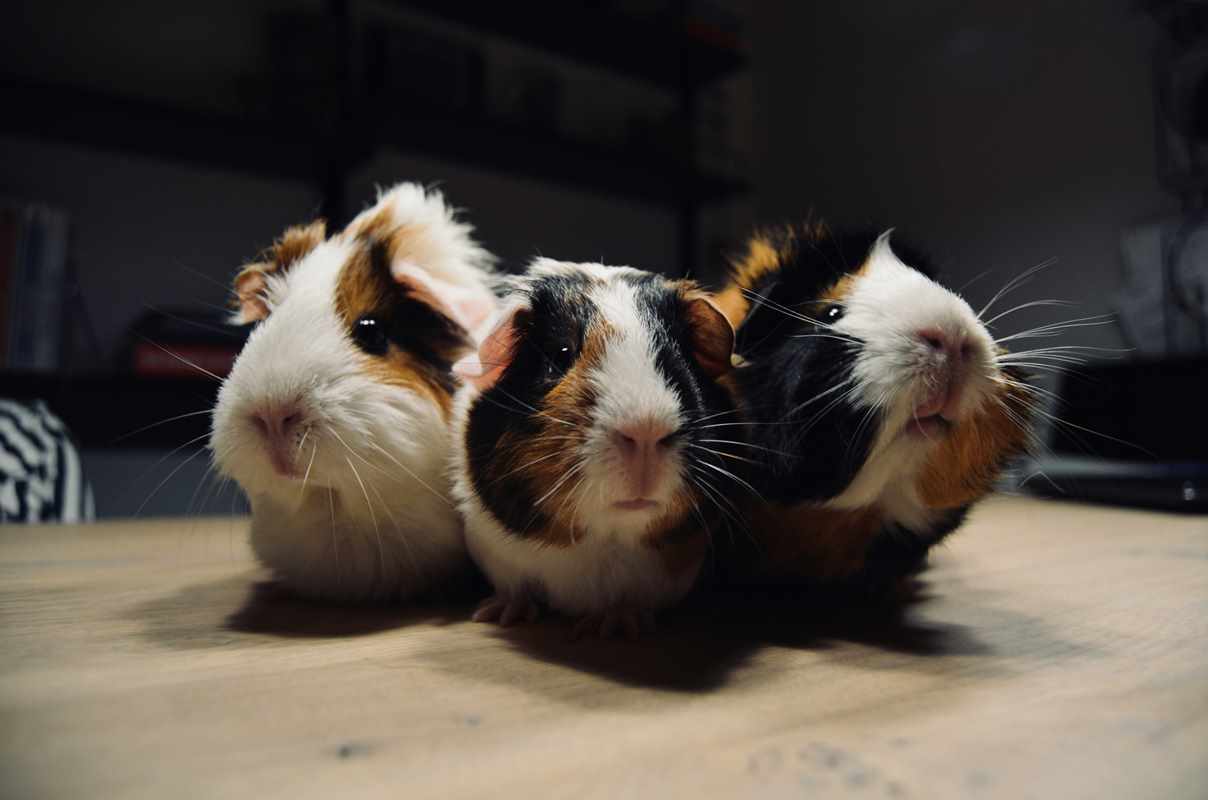
Estimated reading time: 7 minutes
Finding the best first pet for a child involves more than just a cute face. It’s about finding a companion who’s suitable, manageable, and capable of bringing joy to the whole family.
This article looks at the best pets for kids, focusing on those known for their manageable care, suitability for children, and potential to become a beloved part of your family. So, whether you’re looking for a pet who can teach your child responsibility, offer companionship, or simply bring a smile to their face, this guide is the perfect place to start!
Choosing the best pets for kids
When it comes to picking the perfect pet for your kid, the options can seem endless. But whether fluffy, scaly, or feathery, each pet comes with their own set of needs and benefits.
And that’s why we’re helping you sift through the choices to find one that’s the perfect first pet for your child as well as a great fit for your family.
Most popular child-friendly pets
- CATS
Cats can be wonderful companions for kids, offering both independence and affection. They require relatively low maintenance, with basic needs like feeding, occasional grooming, and litter box cleaning. Cats are also great for teaching kids about respecting boundaries and the importance of consent, as they will clearly communicate when they want attention and when they’ve had enough.
- DOGS
Dogs are known as man’s best friend for a reason. They’re loyal, loving, and can form a deep bond with their human family members. Dogs come in all shapes and sizes, so it’s important to choose a breed that matches your family’s lifestyle. For families with the time and space, dogs can teach kids about responsibility, empathy, and unconditional love. However, they do require a significant amount of time, energy, and commitment.
- BIRDS
Birds like parakeets and canaries can be vibrant and musical additions to your home. They require a bit more care than fish but are captivating pets that can interact with your kids through voice and song. Birds teach children about the nuances of non-verbal communication and the importance of maintaining a clean and stimulating environment for their feathered friends. As with all pets, however, birds have their own needs and care requirements. So, if your idea of a pet bird is keeping him in a cage 24/7, then birds definitely aren’t the right choice for your family.
- FISH
Starting off with a splash, fish are a fantastic choice for kids. They’re low-maintenance and can be a peaceful addition to your home. Betta fish, goldfish, and guppies are particularly popular due to their colourful appearance and simple care requirements. Keeping a fish teaches kids about the basics of pet care and responsibility without the high maintenance that other pets might require.
- GUINEA PIGS
Guinea pigs are a fantastic choice and are extremely popular with Australian kids and their families. These friendly little creatures are known for their docile nature and the ease with which they can be handled, making them perfect for young pet owners. Their need for daily interaction and socialisation can teach children about the importance of companionship and regular care. Plus, their adorable squeaks and chirps add a lively atmosphere to any home.
- RABBIT
Rabbits make wonderful pets for families and can teach kids a great deal about responsibility and empathy. These soft, gentle animals require a bit more attention than some of the other pets we’ve discussed, but their playful nature and friendly disposition make them worth the effort. Rabbits need a spacious cage or hutch for safety, but they truly thrive when given time to roam safely in a rabbit-proofed area of the home or garden. Unlike some pets that might be more independent, rabbits require daily interaction and socialisation to stay happy and healthy. Additionally, rabbits need regular grooming to keep their fur in good condition, especially for long-haired breeds.
Other animals that can be great pets for children
TURTLES
Turtles might move slow, but they quickly find their way into the hearts of kids. They’re fascinating creatures that can live for many years with proper care. However, it’s essential to research thoroughly, as some turtle species require specific living conditions to thrive. Turtles are great for teaching kids about long-term commitment and the importance of creating a stable environment for their pets.
CHICKENS
Believe it or not, chickens have become popular pets for families, especially those with a bit of outdoor space. Not only do they provide fresh eggs, but they also offer lessons in responsibility. Children can learn about caring for animals by feeding them, cleaning their coop, and ensuring they have enough space to roam. Chickens can be surprisingly affectionate and social, making them a delightful addition to the family.
Looking for the perfect chicken coop to start your new adventure? Check out The Chicken Coop Company, they have a range of sizes and layouts that can be sent to you flat-packed and ready to put together!

REPTILES
Many people don’t think about reptiles when searching for the new family pet. But they have become increasingly popular and can be fantastic pets for kids. Reptiles offer a unique opportunity for kids to learn about a different aspect of the animal kingdom. Lizards, such as the friendly and manageable bearded dragons or the low-maintenance leopard geckos, provide a great introduction to reptile care with their docile nature and simple dietary needs. Snakes like the corn snake, known for their gentle disposition, can also be excellent pets, teaching older children about responsibility and the fascinating world of reptiles.
How to teach children responsible pet ownership
Here’s some tips to help teach kids’ responsible pet ownership and how to properly care for their new best friend.
Start with age-appropriate tasks: Tailor responsibilities to match your child’s age and ability. Younger children can help with feeding under supervision, while older kids can take on more complex tasks like cleaning habitats or taking pets for walks.
Be a role model: Show your child how to care for pets by doing it yourself. Demonstrate gentle handling, proper feeding, and the importance of regular check-ups. Children learn best by example, so your approach to pet care will set the standard.
Use positive reinforcement: Encourage your child with praise and, occasionally, rewards for taking good care of their pet. Positive reinforcement will help them associate pet care with good feelings and pride in their responsibilities.
Create a care schedule: Making a pet care schedule helps children understand what needs to be done and when. It can turn the concept of responsibility into a practical, daily routine.
Involve kids in pet-related decisions: Whether it’s choosing the type of pet food or picking out a new toy, involving your child in decisions helps them feel invested in their pet’s well-being.
Discuss the value of life and care: Use pet care as an opportunity to talk about the importance of life and the responsibilities we have towards other beings. It’s a valuable lesson that extends beyond pet ownership.

One of the most important lessons parents can teach their children is that pets are not toys or temporary amusements. They are companions that require love, care, and attention for their entire lives.
For parents: choosing a family pet
Choosing a pet for your child is a significant decision that can bring joy as well as teach them valuable lessons. Whether you opt for a dog, cat, fish, chicken, or another animal, the key to a successful pet-child relationship lies in choosing a pet that fits with your lifestyle and teaching your child the responsibilities that come with it.
Pets not only offer companionship but also a unique way to teach children about care, empathy, and respect for life.
Parents need to teach children that pets are living beings with needs, feelings, and rights, not toys to be played with temporarily. This includes understanding their needs for exercise, stimulation, medical care, and companionship.
For these reasons, it’s vital to assess not just the desires of your child but also the readiness of your entire family to take on the responsibilities that come with caring for another life. If there’s any doubt about your family’s capacity to provide a forever home, it might be best to wait or consider alternative ways to teach your children about animal care, such as volunteering at local animal shelters.
Caring for pets: responsible pet ownership starts before you bring a new pet home
To protect the well-being of pets and ensure that your family is ready for the commitment, consider these steps:
Research: Before deciding on a pet, spend time researching the specific care requirements for different animals. This will help you understand what to expect and prepare accordingly.
Discuss: Have open discussions as a family about the responsibilities involved in pet care, including who will take on certain tasks and how to handle potential challenges.
Visit: If possible, visit animal shelters or rescue centers together. This can provide a realistic view of what caring for a pet entails and the importance of providing a loving, forever home.
Educate: Utilise resources like the downloadable documents provided here and look forward to our upcoming eBook for in-depth guidance and tips on selecting and caring for pets (stay tuned on this one!)
We hope you found our guide on the most popular pets for kids – plus responsible pet ownership essentials – helpful.
There’s heaps of tips and expert advice about pets and responsible owner in our other articles, too, so make sure you check them out!
Some of the links on this site are affiliate links. This means that if you click on the link and purchase the item, we may receive an affiliate commission at no additional cost to you. Please know that we only recommend products or services that we believe will add value to my readers. Thanks for your continued support!






